Mitali Dembla
Advisor: Mercedes Garcia-Holguera & Lancelot Coar
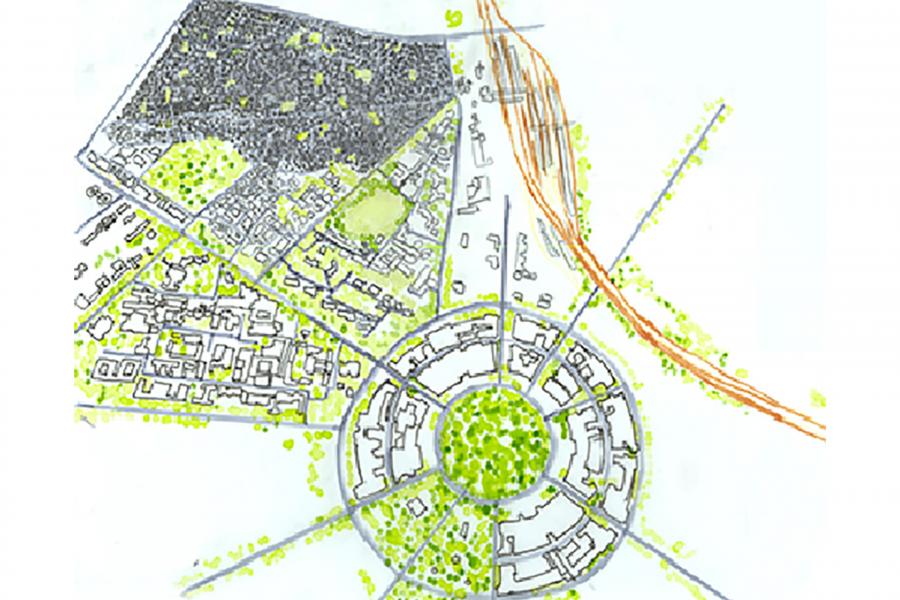
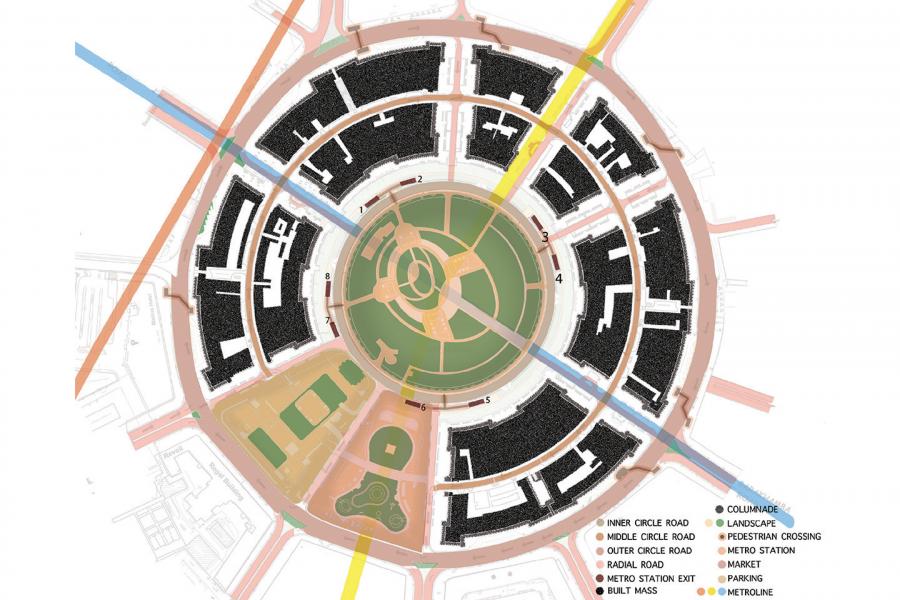
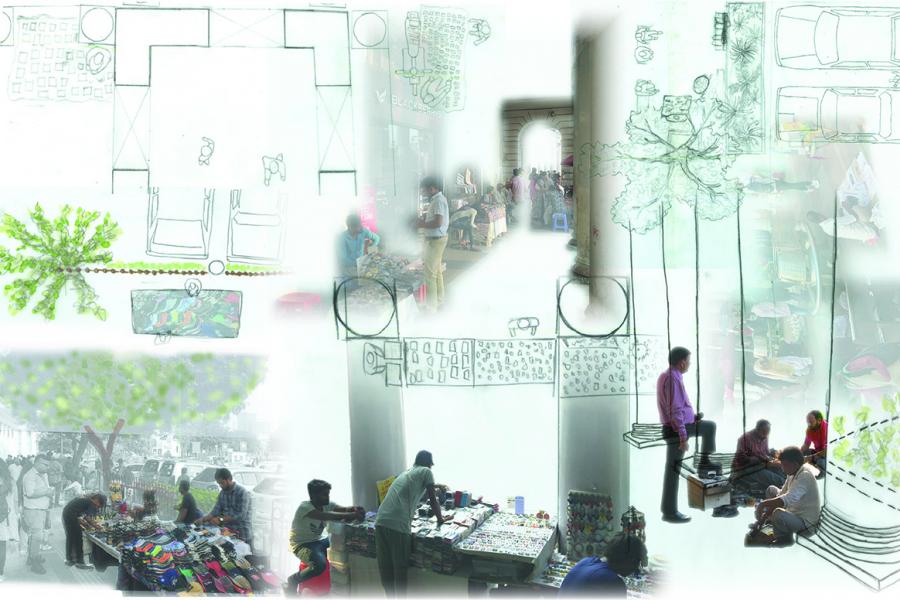
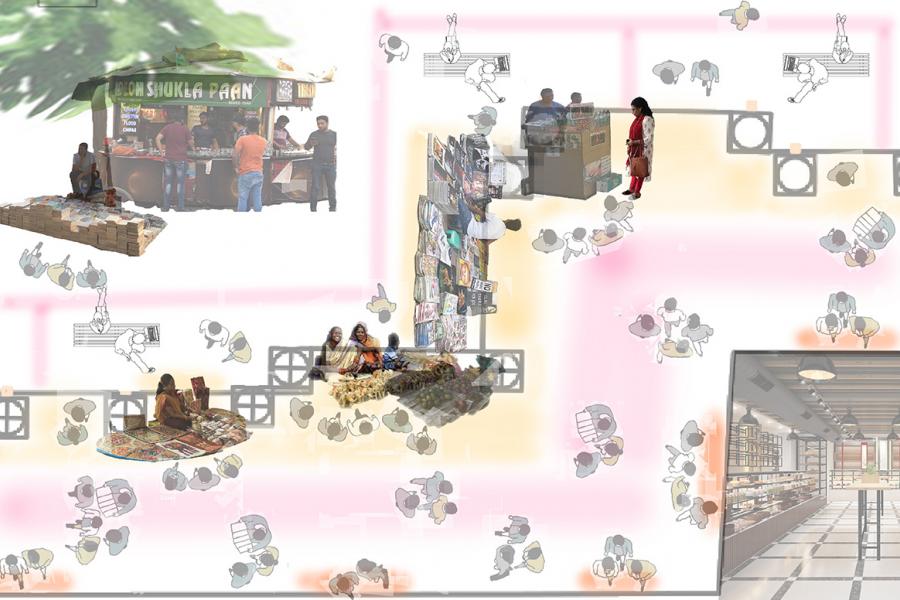
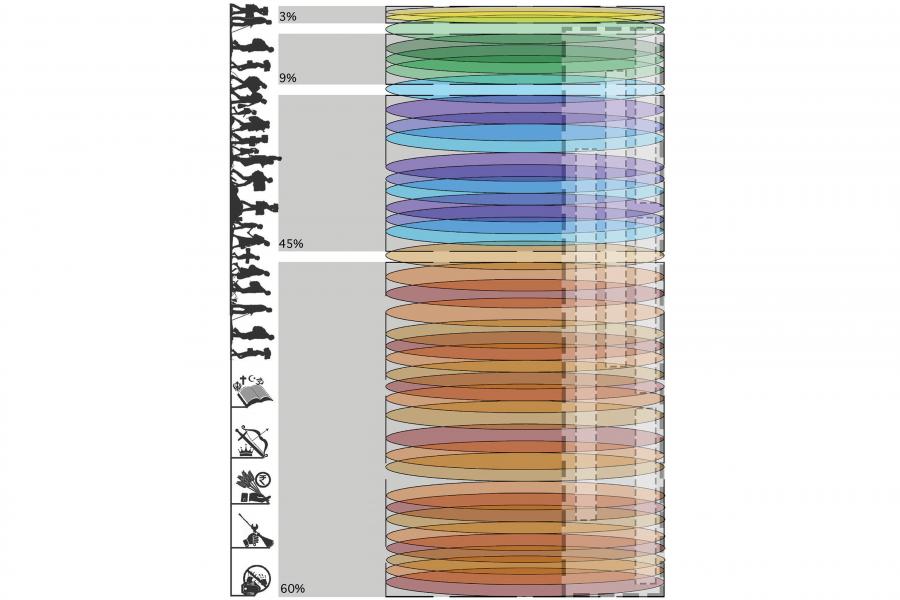
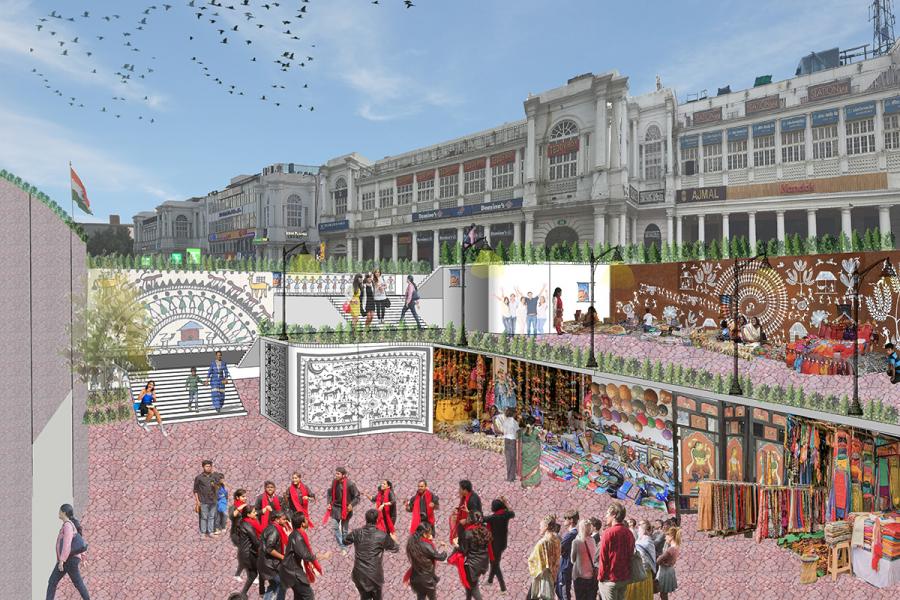
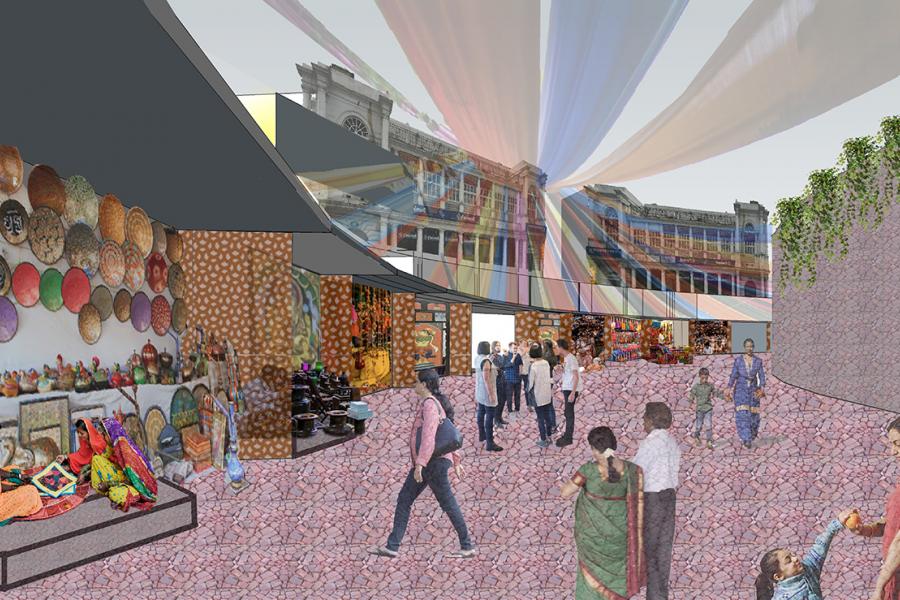
Envisage of the Collanade Ring
“Architecture is power made concrete; architecture is the materialization of social rule.”
Robert Breuer
Since ancient times social rule and authority can be seen manifested in architecture. One such example is the Imperial city of New Delhi, which showcased the supremacy of “British Raj.” This notion was inspired from Haussmann’s plans for Paris, Wren’s plans after the Great Fire for London, Freemason’s city: Washington, Hampstead Garden Suburb, Canberra, and Bath. The capital city New Delhi is an amalgamation of Roman, French, and American ciphers in imperial Britain’s political context to establish the British crown’s leadership.
Every built environment initiative, whether architectural, landscape, urban design, or planning; has both tangible and intangible frameworks, each of which gives the project a significance. In Imperial Delhi, the intangible framework was power and political context. Connaught Place as a fragment of the city, has an additional context of business and service, along with power and politics. In every composition, the built environment obtains an identity; as the purpose diverges the identity changes when the purpose is altogether different, the identity may completely vary. After India’s freedom, the use of space and edifices of the city altered as space became available to people of every section in the society, the context of meaning for structures also evolved. Connaught Place served as a market of British aristocrats, but after independence, it evolved more into eatery and recreational hub Indian society.
In the theatrical aspect, Architecture could correspond as a political act; it would revolve around rudiments of status and influence, deviating it from the administrative core might result in alteration of society. In post-independent Delhi, the symbolic political and capitalist power edifices in the city continue to perpetuate the socio-political hierarchies that have controlled and oppressed, ignoring the deep-rooted cultural identity.
Mindfulness of human relations with one another, along with the experience of built space, draws out the grounds of the daily lives, routine habits, and cultural assumptions in which individuals immerse. Knowing this, one could plot the physical and mental landscape of battle for human justice, which results in social remodeling. Understanding the relationship between human beings and built space, one can grasp the familiarities of one’s day-to-day life, routine habits, and the cultural conventions in which they are engrossed.
This thesis seeks to explore the interplay of physical aspects of the urban environment in Connaught place with respect to social organization and behavior by analyzing the diffusion of cultural values and beliefs in an economic concoction of the society.
Furthermore, it explores the question of architecture’s participation in human oppression and its opportunity to serve towards human emancipation. The design project aspires to provide recognition to the oppressed class of sellers: Hawkers by providing them space, which would help enhance their livelihood and provide a better social better platform. The tangible infrastructure will aim to provide moments that could blur the intangible boundaries of class structure. The design intervention intends to identify those components of public life, elevate them and cultivate them in a way that it serves as a twofold scheme towards both people and urban redevelopment.
Key resources
1 Volwahsen, A. and Harper, S. (2002). Imperial Delhi. Munich: Prestel.
2 Robert Breuer, “Der Städtebau als architektonisches Problem” in: Kunstgewerbeblatt, New Series, Vol. 22, No. 11, August 1911
3 King, Anthony D. Colonial Urban Development : Culture, Social Power, and Environment London ;: Routledge & Paul, 1976.
4 Weisman, Leslie. Discrimination by Design : a Feminist Critique of the Man-Made Environment Urbana: University of Illinois Press, 1992.
